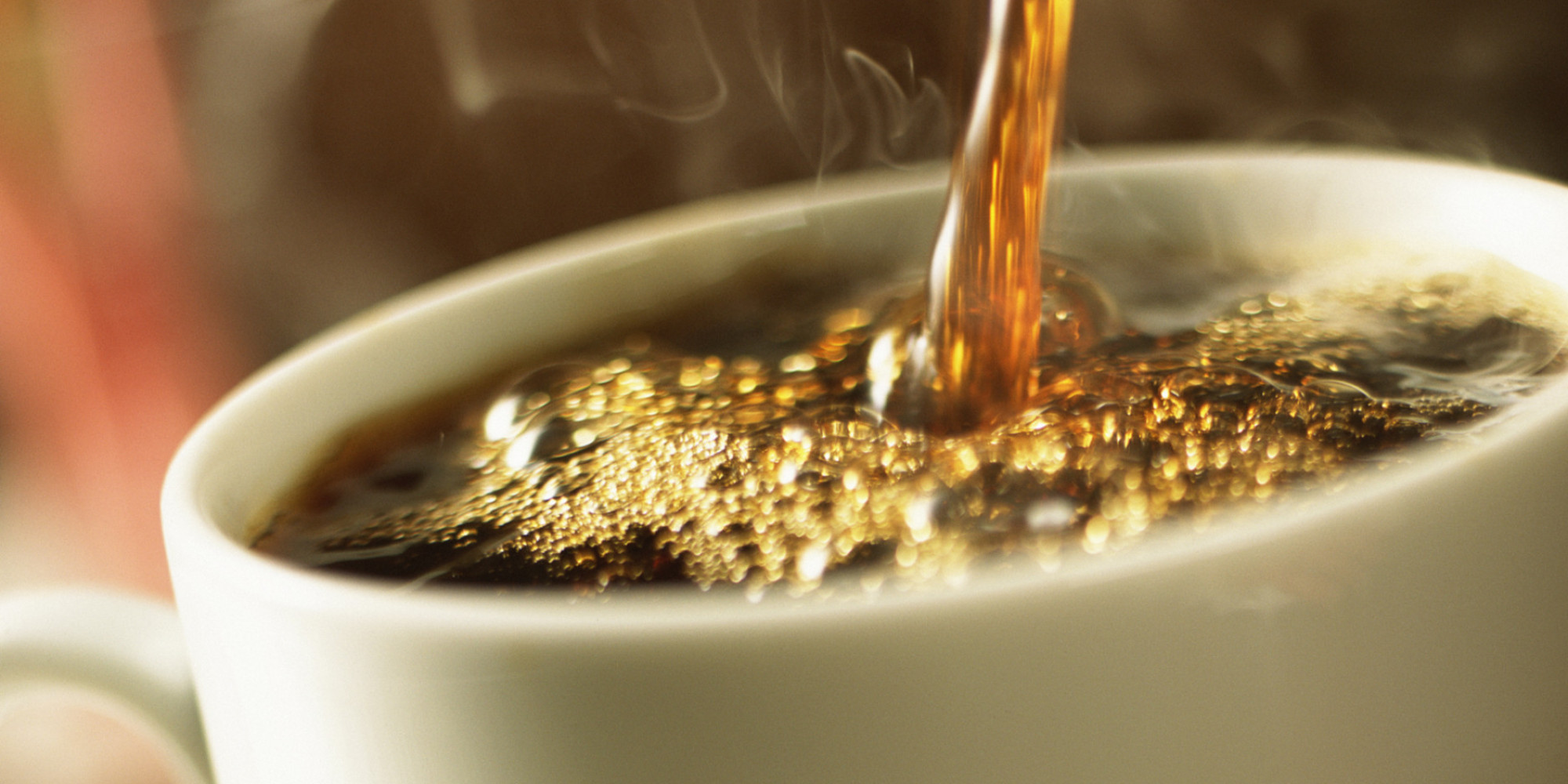
Espresso is the basis for most of the coffee and milk based drinks on the menu. The material costs are around 15 cents to make a shot of espresso, and about 35-40 cents to make a latte, mocha or cappuccino ? Obviously, equipment, staffing and location include a lot to the cost, but the low consumable costs vs. high retail prices are one of the primary reasons numerous coffee shops are springing up in the areas throughout America.
Follow the link for the full article Hop over to this website.
This guide presents the practical info needed for you to choose the right espresso equipment for your house, office, or small business. Without a solid understanding of the different espresso makers, the decision process may be confusing and somewhat overwhelming merely due to the reality there are numerous designs to choose from. This guide is not really brief, but investing the time to read it will greatly enhance your buying experience.
Espresso is merely another technique by which coffee is brewed. There are various ways of brewing coffee that include using a range top coffee maker, percolator, French press (or coffee press), vacuum pot and others. Espresso is brewed in its own unique method.
Espresso is a drink that is produced by pushing hot water, between 192F and 204F, at high pressures, through a bed of carefully ground, compacted coffee. A typical single is around 1 to 1.5 ounces of drink, using roughly 7grams (or 1 tablespoon) of ground coffee. A normal double is between 2 and 3 ounces, utilizing double the volume of coffee grounds. The shot is brewed for roughly 25 to 30 seconds, and the exact same time applies to both a double or single shot (double baskets are larger, with more screen area, and the coffee streams quicker - single baskets limit the flow more, leading to 1.5 ounces in 25-30 seconds).
An espresso maker brews coffee pushing pressurized water close to boiling point through a "puck" of finely ground coffee beans and a metallic filter in order to produce a viscous, focused coffee named espresso. The very first piece of equipment for brewing espresso was constructed and patented in 1884 by Angelo Moriondo in Italy.
The resulting beverage, either a single or a double, is topped with a dark golden cream, called crema when brewed properly. Crema is one of the visual signs of a quality shot of espresso. Consuming an espresso is in itself an art form of sorts. In Italy, where most true espresso is bought in a coffee shop, it is popular to raise cup and dish, smell the shot, and consume it in 3 or 4 fast gulps. You complete the "ceremony" by clacking the cup back on the dish in a firm however not-too-hard way.
Espresso is confusing because generally, it isn't prepared properly. True espresso, brewed with a pump or piston driven espresso machine is really requiring on the poor coffee bean grinds. However prior to we enter the relative 'abuse' that ground coffee is put through to produce a remarkable espresso, let us take a step back and go over a bit more the misconceptions about the drink.
Espresso is not a kind of bean: This is a typical misconception, and inaccurate marketing by coffee chains, supermarket, and even word of mouth give the impression that espresso is a type of bean. Any coffee bean can be used for espresso, from the most common Brazils to the most exotic Konas and Ethiopian Harar coffees.
Espresso is not a kind of coffee beans blend: This one is also a common misunderstanding, but with some truth to the claim because there specify blends created for espresso. The problem is, many people believe there is only one kind of blend that is suited for espresso. Numerous high quality micro roasters would disagree with this - Roaster Craftsmen the world over work diligently on their own version of "the perfect espresso blend".
Espresso is not a Roast Type: Another popular misconception is that espresso can only be roasted one way (and generally the thought is that espresso must be extremely dark and glistening with oils). This is not the case. The Northern Italian method of roasting for espresso is producing a medium roast, or more typically understood as a "Full City" roast if you like on the west coast of the USA. In California, the typical "espresso roast" is a dark, or "French" roast, and in parts of the eastern US, an extremely light or "cinnamon" roast style is chosen. The bottom line here is this: you can make great espresso from nearly any roast type; the choice is purely up to your own taste buds.
Espresso is the basis for most of the coffee and milk based beverages on the menu. Espresso is a drink that is produced by pressing hot water, between 192F and 204F, at high pressures, through a bed of finely ground, compressed coffee. True espresso, brewed with a pump or piston driven espresso maker is very demanding on the bad coffee bean grinds. Espresso is not a type of blend: This one is likewise a common misconception, however with some truth to the claim in that there are specific blends developed for espresso. Espresso is not a Roast Type: Another popular mistaken belief is that espresso can just be roasted one way (and normally the thought is that espresso needs to be extremely dark and glistening with oils).
The full how to, and more espresso coffee making content at Coffee-Brewing-Methods.com